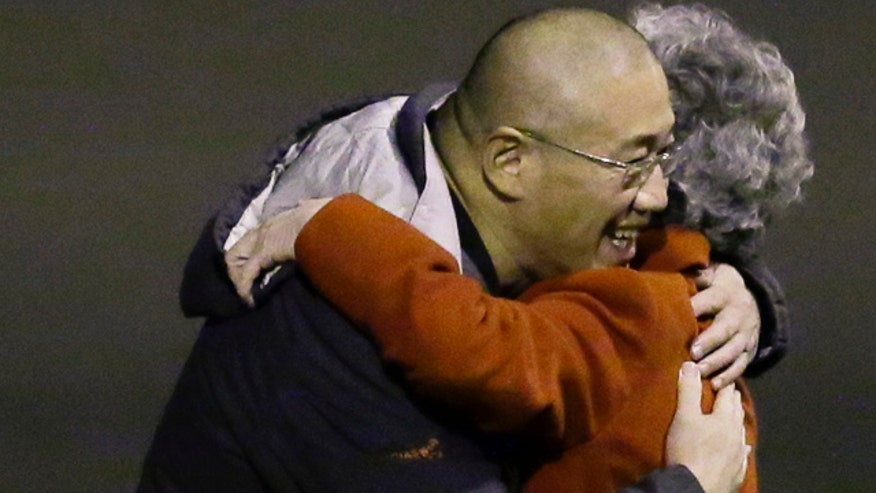By Kyle Herda
Impunity Watch Reporter, Europe
KIEV, Ukraine – The already-shaky ceasefire agreed to on September 5 in Minsk, Belarus seems to be in its final days. NATO has confirmed a new Russian presence in and around Donetsk, Ukraine, following reports from the past few days of Russian tanks, troops, and supply trucks crossing the Ukrainian border after mobilizing for the past week along the Russian side of the border. As seen in Crimea, however, they all remain unmarked and without identifying insignia.

Ukrainian military officials, monitors for the Organization for Security and Cooperation in Europe, and NATO have all confirmed the presence of Russian troops and various military equipment in and around Donetsk and flowing into the country. One convoy of 43 unmarked military trucks was witnessed Tuesday heading towards Donetsk. Five of the trucks were towing 120mm howitzer artillery pieces, and five others were carrying multi-launch rocket systems. A report last week reported more than 40 Russian trucks and tankers, also unmarked, and 19 of which were towing 122mm howitzers, were in Ukraine. There is an estimated 7,000 Russian troops inside Ukraine now, along with an estimated 100 Russian tanks, more than 400 armored vehicles, and more than 150 self-propelled artillery and multiple rocket launchers.
Along the border of Ukraine on the Russian side is a very alarming sight as well. According to Phillip Karber, a former Pentagon strategy advisor who has worked with the Ukrainian government, between 40,000 and 50,000 Russian troops remain just across the border, along with another 350 to 400 tanks, more than 1,000 armored vehicles, and 800 self-propelled artillery.
In a fight that has claimed over 4,000 lives, it appears that fighting may go back to pre-ceasefire numbers and could claim many more lives very shortly. Although the Russian troops, vehicles, and equipment in Ukraine are all unmarked, U.S. General and NATO Supreme Allied Commander in Europe Philip Breedlove states, “[t]here is no question any more about Russia’s direct military involvement in Ukraine.” Russia continues to deny any of the alleged involvement. In response, Ukrainian Defence Minister Stepan Poltorak said Ukraine will no longer pay attention to Moscow’s denials of involvement, that Ukraine is “repositioning our armed forces to respond to the actions of the fighters.”
For more information, please see:
New York Times – Russian Troops Crossing Into Ukraine, NATO Says – 12 November 2014
Reuters – Ukraine redeploys troops, fearing new rebel offensive – 12 November 2014
Time – Russia Sends More Convoys Into Ukraine as Cease-Fire Collapses – 12 November 2014
CNN – Ukraine violence flares as ceasefire collapses – 11 November 2014
Daily Beast – Thousands of Putin’s Troops Now in Ukraine, Analysts Say – 11 November 2014


